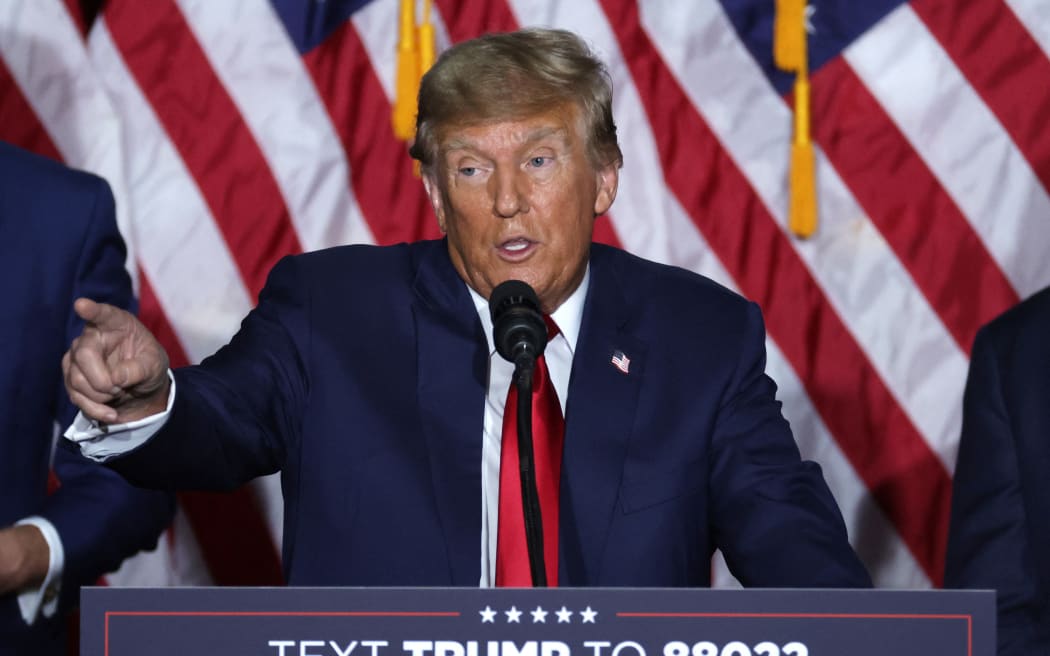The education ministry recently released the results of its screening of junior high school textbooks to be used in classrooms from spring 2025.
Many of the textbooks that passed the latest round of the screening process have expanded the functions that allow users to jump to supplementary digital learning materials by scanning Quick Response (QR) codes that are printed on them.
There are expectations that similar digital materials will help the understanding of learners by listening to the pronunciation of native English speakers and watching videos related to the units being studied.
No arrangement, however, is available for inspecting supplementary digital teaching materials closely in the same way that examiners spend a full year screening the main body of textbooks.
The education ministry has exempted what it calls “study materials,” such as supplementary readers, from the screening system and has allowed them to be utilized under the responsibility of education boards and schools.
Unlike their printed counterparts, however, supplementary digital learning materials are available for direct access from textbooks. Schoolchildren have difficulty distinguishing them from the main textbook body.
The ministry has therefore begun inspecting supplementary digital study materials only when there is a link from a QR code. Starting in fiscal 2018, examiners have been checking if similar digital materials are closely linked to what is written in the textbook and if they are appropriate and fair in their content.
The ministry, however, has only several textbook examiners per school subject. There is therefore a limit to what they could do in inspecting the supplementary digital materials, partly because there are so many of them and so much information in them, and also because their content may be renewed.
There is a growing number of education boards in recent years that rely on the available supplementary digital materials when they decide which textbooks to use, officials said.
That trend has led textbook publishers to expand their supplementary digital materials significantly, in both quantity and quality, this time around. For example, industry leader Tokyo Shoseki Co. has expanded the number of supplementary digital materials for its mathematics textbooks 34-fold from the previous time to 1,752.
Starting in the 2024 school year, which is soon to begin in April, digital English textbooks for grades from the fifth year of elementary school to the third year of junior high school will be distributed free of charge to all elementary and junior high schools in Japan.
That will inevitably prompt a broader use of digital study materials, even though the digital textbooks will be used along with bound textbooks for the time being.
The textbook screening system has been called into question because examiners have appended comments, for example, that practically force statements to be based on government views.
The screening system, in the meantime, has played the role of a barrier against the encroachment of erroneous content and groundless arguments.
Government guidelines call on supplementary digital teaching materials to be inspected by the education boards and schools that use them.
It remains questionable, however, if the busy front-line workers in those entities can afford the time and labor to scrutinize similar materials.
There are also concerns that content with a negative influence on children could find its way into the digital study materials if they continue to grow in quantity as they have done so.
Some schools have been using digital teaching materials effectively in their education by switching between different similar materials depending on the subject being taught, the unit being studied and the characteristics of the schoolchildren.
Officials should study rules that would allow digital materials to be amply inspected instead of having them excluded on the grounds that they should not be used because they cannot be inspected.
Doing so would raise a number of questions, including whether the staffing of the education ministry could be expanded, how much should be subject to a screening system, and whether the ministry would seek to involve education boards and schools, and possibly also parents of schoolchildren and the public.
Now is the time, in this period of a drastic change, to start discussions for reviewing an arrangement for making trustworthy textbooks and supplementary teaching materials, both paper-based and digital combined, available to our schoolchildren.
--The Asahi Shimbun, March 24


 Related articles
Related articles



 Wonderful introduction
Wonderful introduction




 Popular information
Popular information